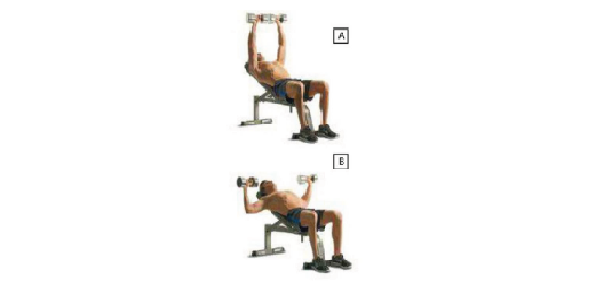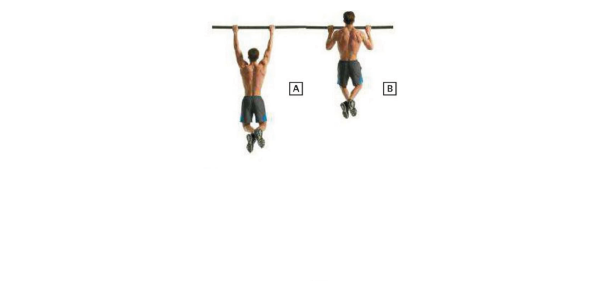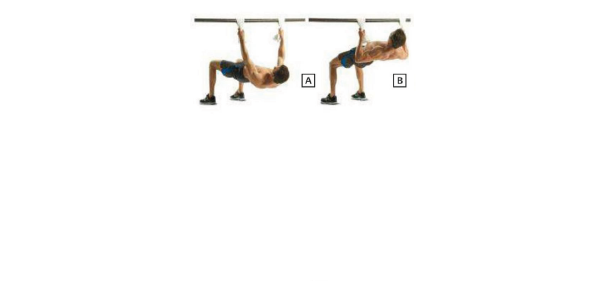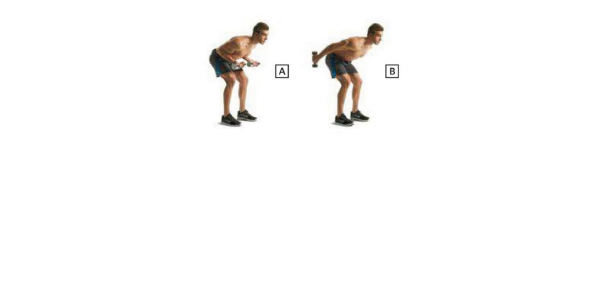A deficiency of vitamin E is quite rare. There are three main reasons why this is true. (1) The vitamin is so widespread in food that it would be very difficult to create a deficit; (2) because vitamin E is fat soluble, the body efficiently stores it in body fat and has continuous, ample reserves; and (3) the body cells may recycle their working supply of vitamin E. Cases of toxicity are also uncommon. It is being put to constant use in the body as an antioxidant.
Vitamin E Functions
The primary role of Vitamin E is that of antioxidant, acting like a bodyguard for other substances. By being destroyed itself, it protects polyunsaturated fats and other fat-soluble substances like vitamin A, from being oxidized. It serves as a main defender against the chain reactions of damage which oxidation can precipitate. It exerts an especially important influence as an antioxidant in the lungs where cells are exposed to high oxygen concentrations which could destroy their membranes. It also protects the membranes of the red blood cells as they transport oxygen from the lungs to other tissues.
Vitamin E protects the white blood cells which guard against disease and may also play a role in immunity. Normal nerve development depends on this nutrient. Researchers have consistently found a link between vitamin E and a lower risk of heart disease. However, the dosages used in these studies have been high, and evidence is not yet strong enough to recommend supplementation at that level.
Vitamin E Food Sources
- Vegetable oils and products made from them, such as margarine, mayonnaise and salad dressing.
- Nuts, seeds (especially sunflower) and legumes (especially soybeans)
- Wheat germ and whole grain products
- Green leafy vegetables, corn, avocados, sweet potatoes, and mangoes.



















0 comments:
Post a Comment